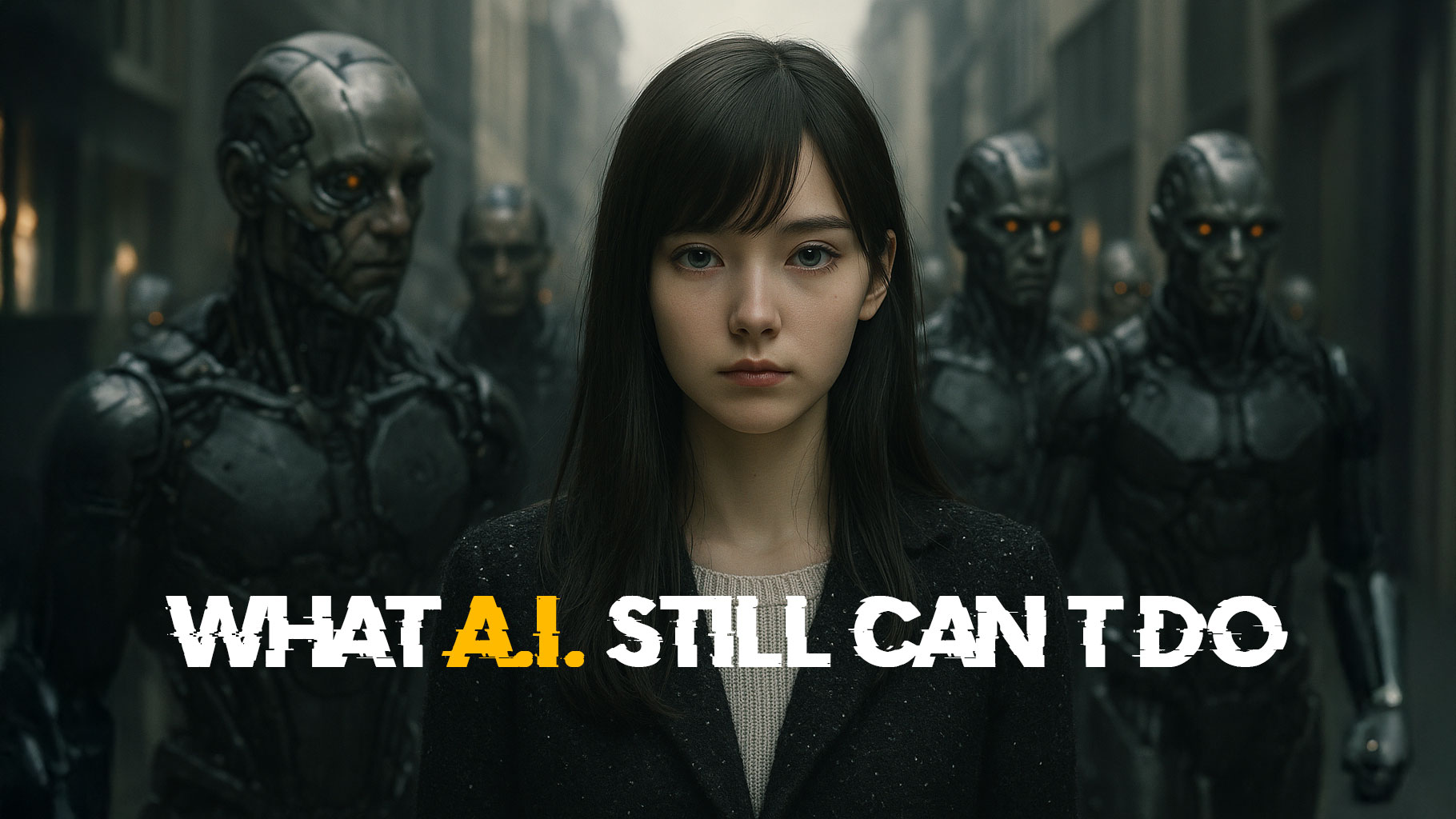
AI to Remote Viewing: A New Frontier of Non-Physical Exploration?
Introduction
As we stand on the precipice of an era defined by artificial intelligence and non-physical exploration, our understanding of what lies ahead continues to evolve. As a photographer, I’ve been privileged to observe and capture the world through a distinctive lens, honing a perspective deeply influenced by the creative brilliance of Gary Fong.
Fong, an extraordinarily gifted photographer, combined a rare blend of technical expertise and creative ingenuity to revolutionize the art of photography. His ability to push boundaries and challenge the status quo has been an enduring source of inspiration for my career. Therefore, when he introduced me to the concept of remote viewing via one of his intriguing videos, my respect for him nudged me into this new realm of exploration.

My exploration into the unknown was further amplified by my brother’s fascination with ancient technology, unexplained phenomena, and theories surrounding civilizations like Atlantis and Ancient Egypt. His interest in topics as diverse as UFOs, Project Look Glass, and even extraterrestrial life, opened my eyes to the intriguing tapestry of mystery that our world weaves.
Thus, when my attention was drawn to the topic of remote viewing, the curiosity was overwhelming. It seemed as if the threads of my interest in AI and sentient machines found an unexpected kinship with this abstract concept. It begged the question – could the future of exploration really be non-physical? Are we on the brink of uncovering knowledge not with our physical abilities, but with the boundless power of the mind? And more so, what does this mean for our understanding of artificial intelligence?
In this blog, I go into these questions, exploring the thrilling junction of remote viewing, ancient mysteries, and artificial intelligence. From the lens of a photographer to the vision of a remote viewer, this journey is an instrument to the endless possibilities that await us.
Table of Contents
Gary Fong is more than just an extraordinary photographer. Over his illustrious career, he has proven himself a true innovator, merging technical know-how with a distinctly creative approach to photography. His work, defined by its unique exploration of light, color, and perspective, has left an indelible mark on the world of photography. More than just a mentor from afar, Fong’s work has influenced my own, shaping my understanding of visual storytelling.


But Fong’s influence extends beyond his prowess with the camera. He’s also been a conduit to a world far removed from shutter speeds and lighting setups – the world of remote viewing. I vividly remember watching one of his videos on the subject, my curiosity piqued not just by the topic at hand, but by the fact that it was Fong who was delving into this mysterious practice. His usual subject matter was so drastically different, and yet he approached remote viewing with the same curiosity and creativity that marked his work in photography.
Fong’s video wasn’t a slick, sensationalized account of this psychic discipline. It was a thoughtful, measured exploration that drew upon the wealth of released CIA documents concerning remote viewing. He unfolded the topic with a remarkable degree of sensitivity and balance, acknowledging the skepticism surrounding remote viewing while also underlining its potential significance. His exploration was not about claiming absolute truths, but about posing questions, triggering thoughts, and opening up a space for dialogue and exploration.
My First Introduction to Remote Viewing
In many ways, it was this video that marked the start of my own journey into remote viewing. Fong’s objective, nuanced approach gave the subject credibility and sparked an interest in me to further explore this intriguing realm. I respected him greatly, and the thoughtfulness and curiosity he brought to the topic inspired me to set aside my initial skepticism and embark on a journey of understanding and exploration.
Fong’s video was my first introduction to remote viewing, but it was far from my last. His exploration of the subject set me on a path of discovery, leading me to dig deeper and to look further. I started to find myself asking more questions, exploring more ideas, and considering more perspectives – all with a newfound openness and curiosity. The photographer’s lens was gradually being replaced by a remote viewer’s perspective. And, interestingly, this journey was beginning to intersect with my ongoing interest in artificial intelligence and sentient machines.
Digging deeper into remote viewing, a concept far removed from my familiar world of art and photography, the nuances and intricacies of this practice began to reveal themselves. Remote viewing, as I came to understand it, is a psychic discipline that allows individuals to perceive and describe distant locations, events, or people – all without the use of their physical senses.
The very idea seems fantastical, almost torn from the pages of a science fiction novel. However, the fact that this practice has been recognized and even used by reputed institutions such as the CIA lends it a certain legitimacy. In the 1970s and 80s, the U.S. government funded a program, now declassified, called Project Stargate, dedicated to investigating the potential military and domestic applications of remote viewing. Such high-level interest in the field was evidence that there might be more to this discipline than meets the eye.

Skepticism
I went into learning about remote viewing with skepticism, much like many who first encounter the concept. However, Gary Fong’s nuanced presentation had primed me to approach it with an open mind. Reading through the declassified CIA documents he referenced, I found myself fascinated by the experiments conducted and the results obtained.
As I go deeper into the concepts of remote viewing, I found that it’s a practice steeped in discipline and precision. Remote viewers undergo rigorous training and follow stringent protocols. The information they provide is often unexpectedly specific, making it hard to dismiss outright. Moreover, numerous instances of successful remote viewing sessions, as documented in CIA reports, further intrigued me.
However, it’s not all clear-cut. The practice has been the subject of controversy, with critics pointing to a lack of scientific validation. Despite these debates, one cannot deny that remote viewing continues to pique curiosity, much like it did mine. It opens up a world of possibilities, sparking questions about the extent of human capabilities and the nature of perception and reality itself. Little did I know, my exploration into remote viewing would start to intersect with my growing interest in artificial intelligence, leading me to question the future of exploration and the role of sentient machines.
As I explored deeper into remote viewing, I found my thoughts converging with those of my brother, whose longstanding fascination with ancient technologies, civilizations, and unexplained phenomena had always intrigued me.
The mysteries of the past are rich with unexplored territory. The ideas of Project Looking Glass, the Lost City of Atlantis, Ancient Egypt, and even extraterrestrial life are not only thrilling but offer potential insights into the world we live in today and the future we’re hurtling towards.
Let’s take Project Looking Glass as an example. This rumored project by the U.S. government is said to involve the use of advanced technology to view the past or future. Although speculative and not officially acknowledged, it aligns with remote viewing in its premise of ‘seeing’ beyond the limitations of physical space and time.

The Lost City of Atlantis
Similarly, the Lost City of Atlantis, a subject of myth and speculation for centuries, prompts questions about the existence of advanced ancient civilizations. Atlantis’ advanced technologies, as described in ancient texts, present parallels to our contemporary understanding of AI. Is it possible that what we perceive as futuristic technology may have roots buried deep in our past?
Ancient Egypt’s pyramids, too, are a symbol of technological marvel. Despite centuries of study, we have yet to fully understand how such monumental structures were built. These ancient civilizations possibly held knowledge far beyond our understanding, which may even connect to the potential of practices like remote viewing.

The mystery extends to the stars. The topic of UFOs and extraterrestrial life has long been a source of both skepticism and intrigue. If we were to consider the possibility of such lifeforms, it broadens our perspective of intelligence and consciousness, central to both AI and remote viewing.
Interconnecting these diverse strands—ancient technologies, unexplained phenomena, remote viewing, and AI—makes for a compelling exploration. The common thread? Each challenges our understanding of reality, of what’s possible, and of what lies ahead. It’s through art and technology that my interest in sentient AI and remote viewing began to intertwine, prompting me to ponder the future of exploration in an increasingly non-physical world.

Excavating the Labyrinth of Artificial Intelligence

In the digital age, Artificial Intelligence (AI) has become an integral part of our lives. From personal assistants like Siri, Alexa, ChatGPT and visual content generator to advanced algorithms predicting disease outbreaks or climate patterns, AI is everywhere. However, it’s the idea of sentient AI, machines capable of consciousness and emotion, that truly worries or excite some interested parties.
Sentient AI, at the core, questions the very nature of consciousness. Can a machine truly experience emotions? Can it think, perceive, and understand in the same way as a human? As we edge closer to making this a reality, these questions gain urgency.
The possibilities are mind-boggling. A sentient AI could potentially outthink us, unlock the secrets of the universe, and redefine our understanding of life and consciousness. However, these exciting prospects come with a caveat. As we’ve seen in numerous science fiction stories, sentient AI also opens a Pandora’s box of potential threats – from job loss to privacy issues to, in the most extreme scenarios, the possibility of machines overrunning humanity.
Overlapping Discoveries
Interestingly, my exploration of remote viewing began to overlap with these ponderings on sentient AI. Some remote viewers have made claims about glimpsing into a future dominated by AI. While these visions should be taken with a grain of skepticism, they underscore the potential interconnectedness of AI and remote viewing.
Can remote viewing offer insights into the trajectory of AI development? Could it, as some speculate, provide us with a tool for navigating a world increasingly shaped by AI? As my exploration deepened, I found myself standing at a curious crossroads of remote viewing and AI, an unexpected crossroads that challenged me to reconsider the future of exploration in an increasingly non-physical world.
Convergence – Is the Future of Exploration Non-Physical?
My exploration of remote viewing, my fascination with ancient mysteries and extraterrestrial life, and my interest in sentient AI, all began as separate threads. Yet, as I went deeper into each of these realms, they started converging, spiraling into interconnected ideas I find a bit scary, but eye opening.
We’re rapidly moving towards a future where physical exploration might give way to non-physical exploration. We already see inklings of this shift. Virtual reality lets us traverse digital landscapes, while AI algorithms crunch data to generate insights that would take humans years to comprehend.

Remote Viewing in Context
Remote viewing, in this context, offers a captivating perspective. If proven and harnessed, it could become a potent tool for non-physical exploration, allowing us to perceive distant locales or future events without the constraints of physical boundaries. Imagine the implications – from espionage and security to scientific research and even personal growth.
On the other hand, the advent of sentient AI further blurs the lines between physical and non-physical exploration. If machines become conscious, will they explore the world, or even the universe, in ways we can’t fathom? Can they perceive things beyond human comprehension? The notion is equally thrilling and disconcerting.
In all my contemplations, I’m reminded of Gary Fong‘s nuanced exploration of remote viewing. His approach, marked by curiosity, openness, and respect for diverse perspectives, resonates with me as I explore these ideas.
We’re moving into an era where exploration may transcend physical boundaries, fueled by the potential of remote viewing, the advent of sentient AI, and our expanding digital reality. The future might be closer than we think, and perhaps, just like in photography, it’s all about finding the right perspective. As we embrace this exciting, uncertain future, I’m left pondering – is the future of exploration non-physical?
New Age Consciousness & Futurism:
Future Topics:
- The Dawn of Sentient AI: Imagining Our Future Coexistence
- Could Sentient AI Help Us Unlock the Secrets of Ancient Civilizations?
- The Intersection of AI and Remote Viewing: A New Frontier in Psychic Exploration
- Harnessing the Power of Sentient AI for Remote Viewing Expedition
- Beyond Human Capabilities: How Sentient AI May Change Our Understanding of Intelligence
- A Comparative Study: Neanderthals, Modern Humans, and AI – Who is Truly More Intelligent?
- Rethinking AI: Could They Be Our Guides to the Lost City of Atlantis?
- AI to Remote Viewing: Is the Future of Exploration Non-Physical?
- The Great Awakening and Project Looking Glass: AI’s Role in New Age Consciousness
- Exploring Other Timelines with AI: Is This the Future of Time Travel?
- Remote Viewing: A Futuristic Skill Enhanced by AI Technology
- Predictions from the Dark Side of the Moon: AI and Alien Encounters
- A Hitchhiker’s Guide to Sentient AI, Remote Viewing, and Ancient Mysteries
- How Sentient AI Could Redefine Our Understanding of the Universe
- The AI Stargate: Can Sentient Machines Access Alternate Realities?
- The Future of AI in Decoding Ancient Egyptian Mysteries
- Intelligent Machines and Psychic Abilities: A New Era of Human Evolution?
- Can Sentient AI Help Us Understand What Happened to Atlantis?
- Conspiracy Theories or Reality? AI, Remote Viewing, and Extraterrestrial Life
- The Role of Sentient AI in Advancing Parapsychology and Unraveling the Past








Leave a Reply